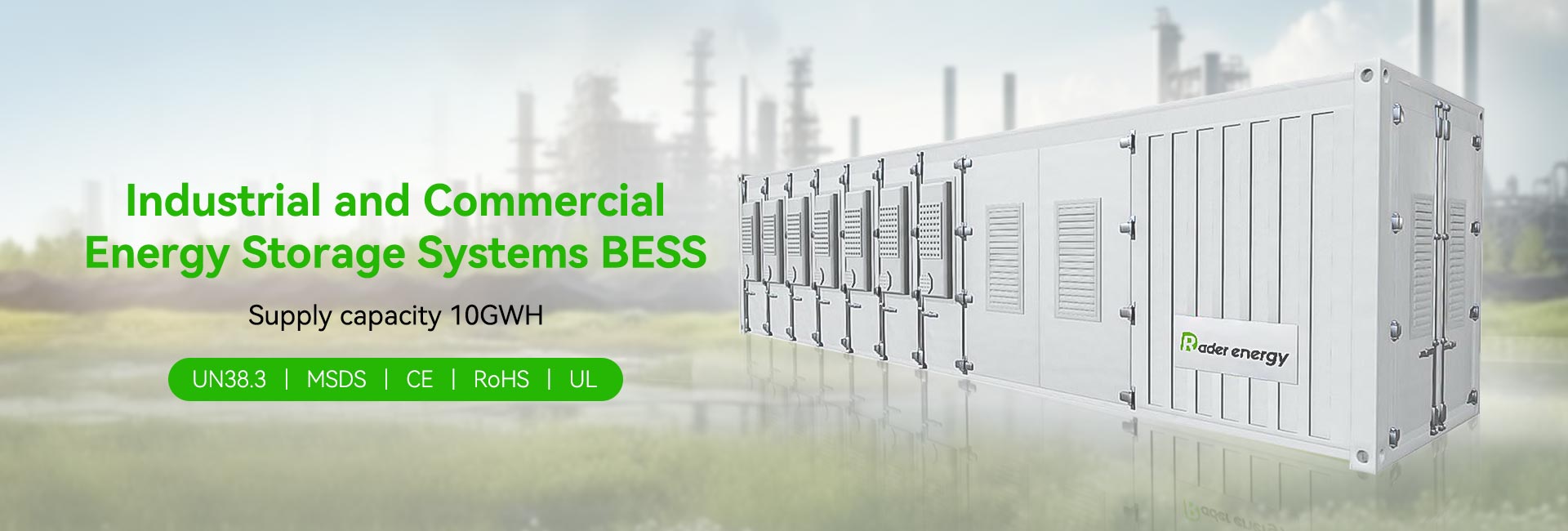
Energy storage refers to the technology of storing electricity in a medium or device, either in its original form or converted into another energy form, and releasing it back as electricity when needed.

In an effort to curb carbon emissions, the global push for renewable energy generation, particularly wind and solar power, is accelerating. Unlike conventional energy sources, renewable energy generation is inherently intermittent and fluctuating. The power output from natural resources is naturally unstable, making ENERGY STORAGE pivotal in addressing the supply-demand matching and variability challenges of novel power systems. The advancement of energy storage is, in essence, a vital pathway to achieving the dual carbon goals.

ENERGY STORAGE TECHNOLOGIES can primarily be classified into electrochemical storage, thermal storage, hydrogen storage, and mechanical storage, depending on the storage medium. Among these, electrochemical storage stands out due to its independence from geographical constraints, high energy conversion efficiency, and more mature technology, thereby emerging as a globally prioritized area for energy storage development.
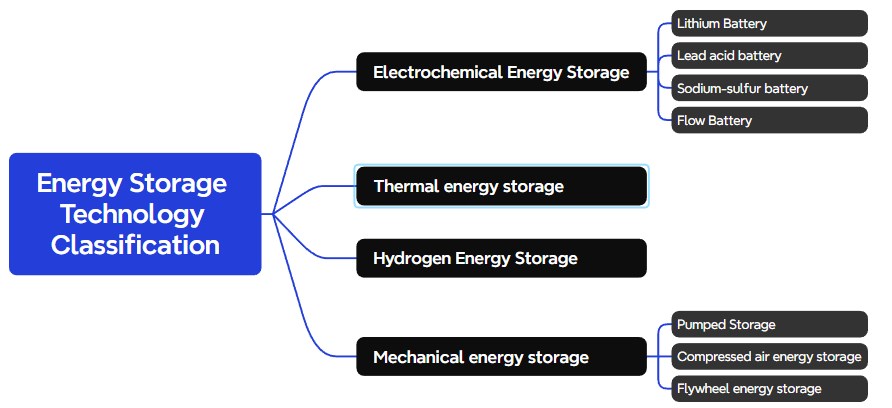
Lithium-ion battery storage dominates the field of electrochemical energy storage technologies, representing the predominant form of energy storage currently receiving global focus and development.
A Battery Energy Storage System (BESS) is a technology designed to store and dispense energy in the form of electricity, utilizing batteries. It harvests energy from the grid or renewable sources such as solar and wind power, and employs battery storage techniques to retain this energy. The system subsequently discharges and supplies the stored energy during periods of peak demand, power outages, and for various other applications.
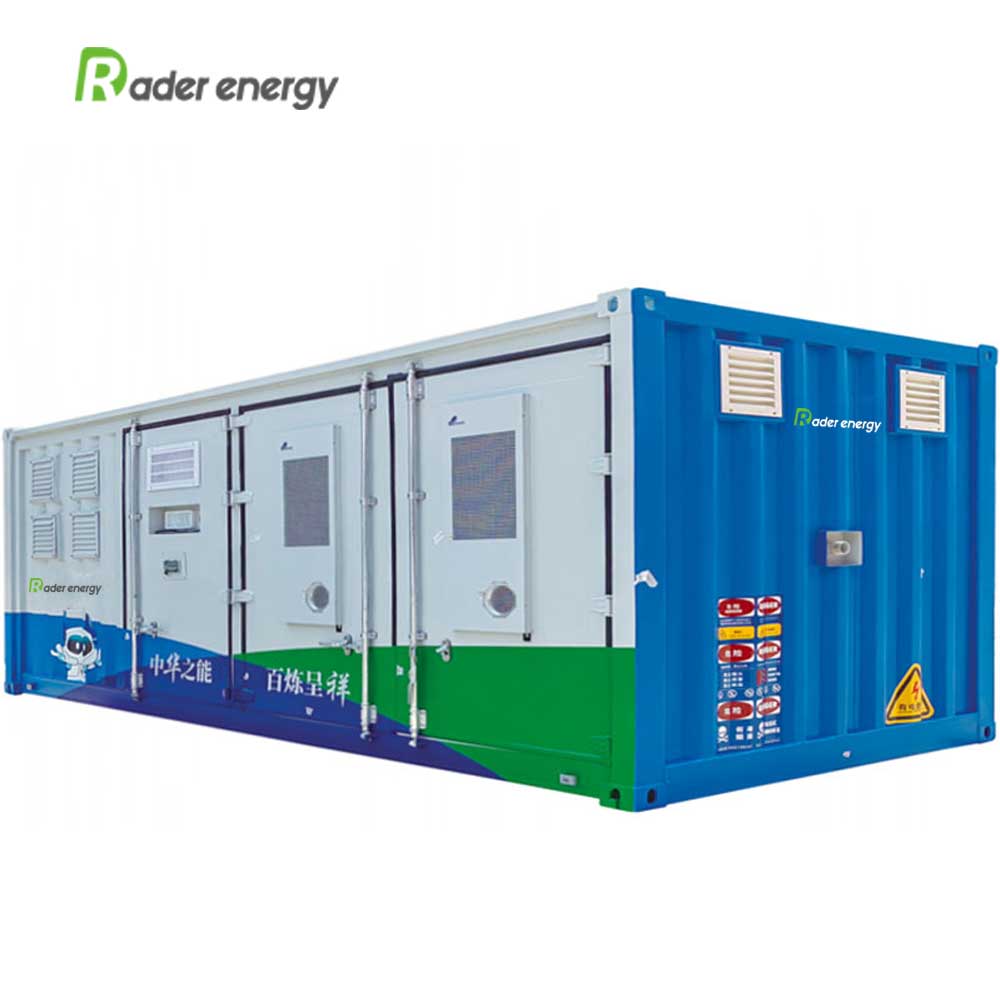
A Battery Energy Storage System (BESS) is a complex system comprised of both hardware components and software systems. Its core infrastructure encompasses batteries for energy storage, power conversion systems (PCS), local controllers, distribution units, prefabricated enclosures, as well as auxiliary equipment for temperature control, fire suppression, and more. Operating under the unified management of the local controller, the system can function independently or adhere to instructions from an external Energy Management System (EMS) to execute energy scheduling and power control, ensuring safe and efficient operation.
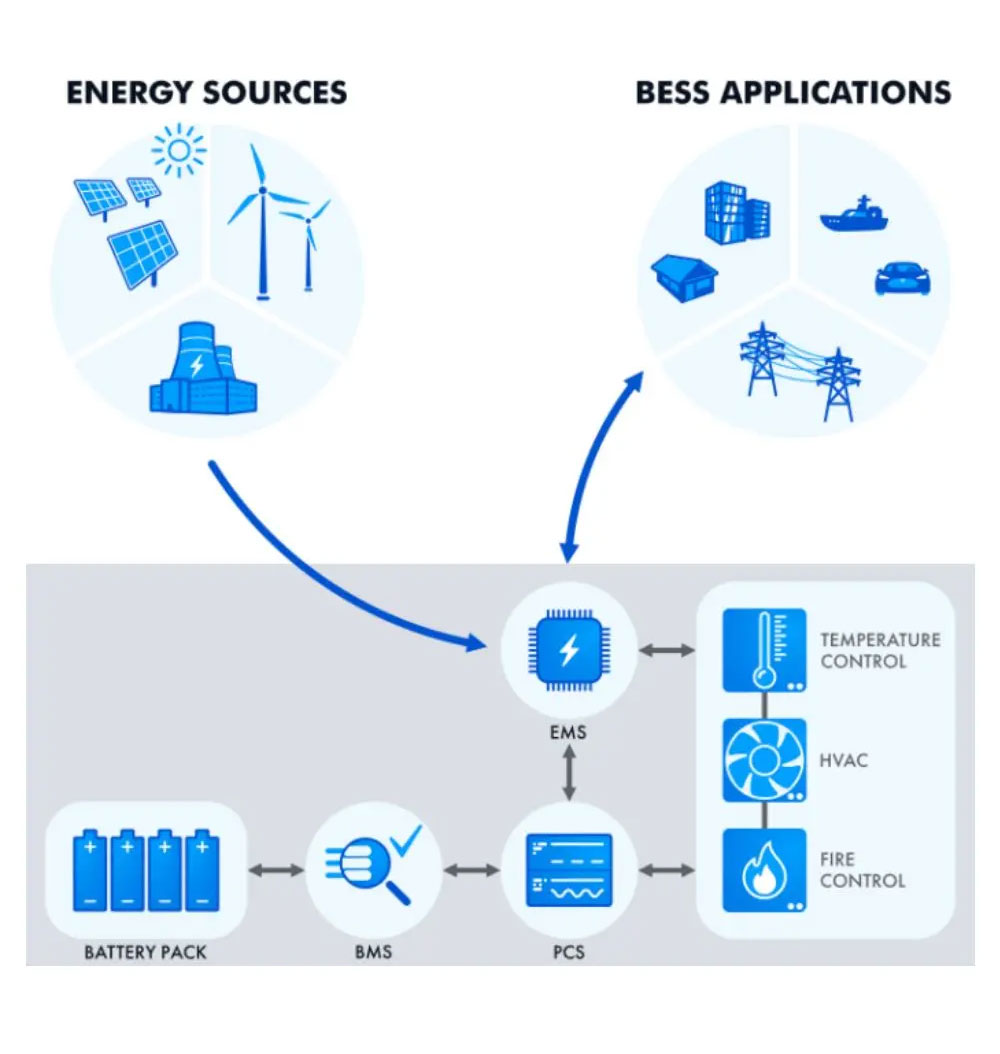

Batteries are devices that utilize chemical reactions to store energy. Individual battery cells are arranged into modules, which in turn combine to form battery packs. (Cell - Battery Enclosure - Battery Cluster)

The Battery Management System (BMS) primarily oversees the condition of the battery cells, measuring their parameters and status, and safeguarding the battery system against threats such as fires and other hazards.

Primarily, it converts the direct current (DC) generated by the batteries into alternating current (AC) supplied to facilities. Battery energy storage systems feature bi-directional inverters that enable both charging and discharging.
Responsible for monitoring and controlling the flow of energy within the battery storage system, the EMS coordinates the operation of the BMS, PCS, and other components. By gathering and analyzing energy data, the EMS can effectively manage the system's power resources.
In accordance with their functions and operational conditions, battery energy storage systems also incorporate fire suppression systems, smoke detectors, temperature control systems, cooling, heating, ventilation, and air conditioning (HVAC) systems, among others. Each subsystem is equipped with its own monitoring unit, which oversees parameters and responds to emergencies, providing essential conditions for the safe operation of the battery energy storage system.
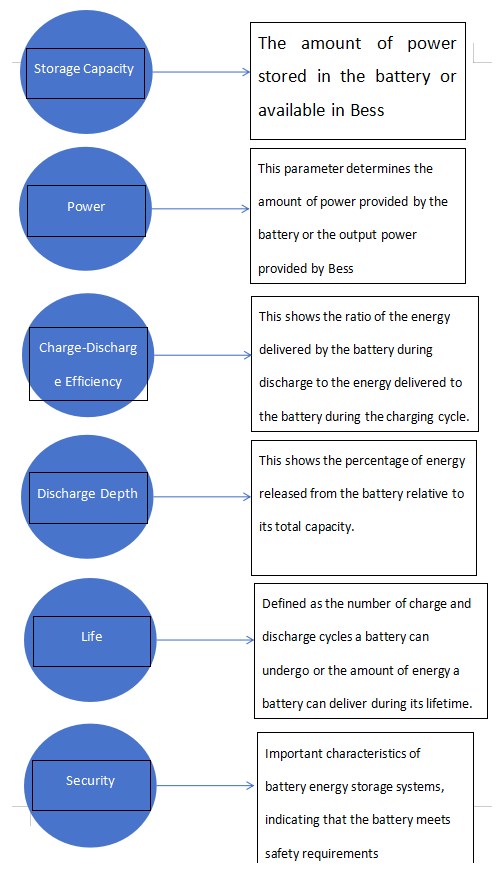
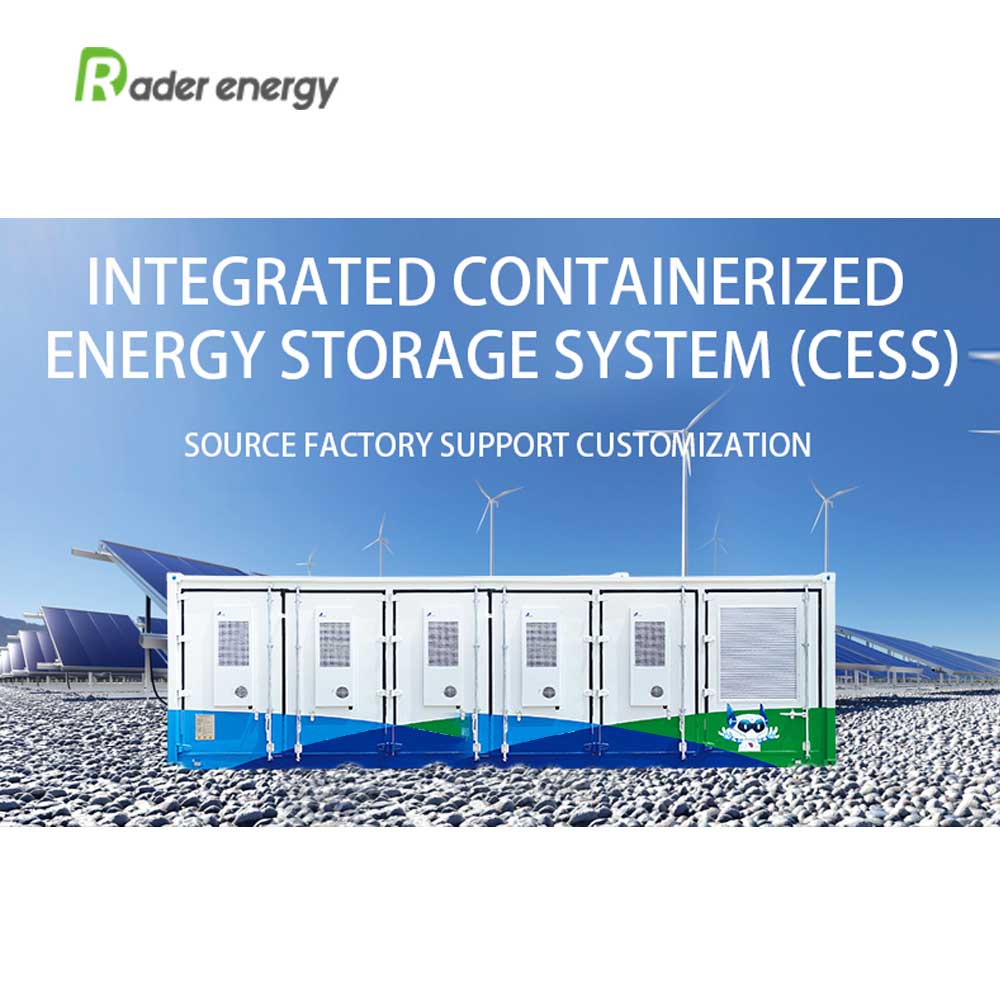
(1) Load Management
Battery energy storage systems aid in balancing loads between peak and off-peak times. Power demand fluctuates based on the day, time, season, and other variables, with higher demand translating to elevated electricity rates, and vice versa – tariffs drop during off-peak hours. By accumulating energy during periods of low demand and discharging it during peaks, battery storage solutions enable users to economize on electricity bills through load leveling (peak shaving).
(2) Energy Time-Shifting (Arbitrage)
Electricity prices fluctuate throughout different periods, experiencing highs and lows. Battery energy storage systems facilitate energy time-shifting, allowing the purchase of energy at low rates during off-peak hours and either selling or consuming it when prices surge. Consequently, regardless of seasonal variations and electricity demand, storage systems can equalize energy costs and mitigate financial risks associated with price volatility.
(3) Backup Power Supply
Battery energy storage systems can supply emergency power during grid failures until regular service is restored. By functioning as an Uninterruptible Power Supply (UPS), commercial battery storage solutions save time and money by eliminating downtime.
(4) Black Start Capability
Battery energy storage systems can leverage their black start capabilities as an alternative to diesel or gas generators employed by power plants to restore power generation post-outages. With battery-based storage, power systems can be rebooted after a total shutdown without relying on external grids.
(5) Frequency Regulation
Owing to their rapid response times, battery energy storage systems contribute to frequency control by injecting or absorbing energy to stabilize grid frequency deviations, thereby enhancing overall grid stability and reliability. This addresses fluctuations in energy supply and demand, ensuring the grid operates within acceptable frequency bands.
(6) Renewable Energy Integration
Coupling battery energy storage systems with intermittent renewable energy sources paves the way for sustained provision of affordable electricity in grid-tied, off-grid, and hybrid systems.
Based on the installation site, energy storage application scenarios are categorized into three main types: generation side, grid side, and user side. With the rise of shared energy storage, the distinction between generation-side and grid-side storage is becoming less clear. We classify energy storage accompanying renewable energy deployment as generation-side storage, storage used for load balancing and frequency regulation as grid-side storage, and storage integrated with distributed solar PV systems for peak shaving and valley filling as user-side storage. Each application scenario features distinct business models and unique justifications for implementation.
| Application Scenarios | Generation Side | Grid Side | Resident |
| Location | New Energy Plant side | Adjacent to Large Thermal Power Plants | Residential Homes |
| Key Function | Reduce Curtailment, Peak Shaving, Smoothing Output | Frequency Regulation, Peak Load Shifting | Store Photovoltaic Generation, Ensure Energy Self-Sufficiency |
| Revenue Models | Increase Generation Revenue + Obtain Peak Shaving Incentives | Acquire Peak Shaving Subsidies + Frequency Regulation Incentives | Save on Electricity Costs |
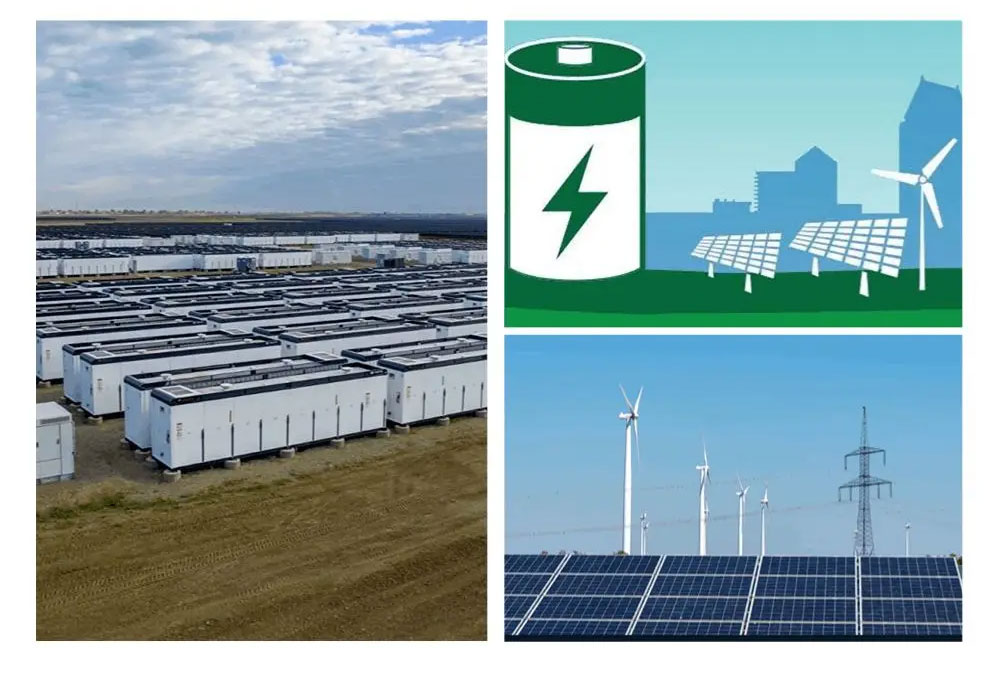
Energy storage has increasingly become a vital component of the energy mix, with safety serving as the cornerstone for the scalable development of the storage industry. Upholding safety standards in energy storage is fundamental to fostering a healthy and sustainable growth environment for the sector. This responsibility and commitment to ensuring storage safety not only rests with industry practitioners but also embodies the aspirations and prospects for the future of the energy storage industry.
Related Search: bess battery energy storage,bess energy storage,bess energy
Choosing between single-phase and three-phase po
"Revolutionizing energy storage, advancements in
Here is an introduction to one of the best batte
Contact: Thomas
Phone: +8618025306280
Tel: +86-0755-32872175
Email: hello@raderenergy.com
Add: Block A, Ketujia Building, Fucheng Street, Longhua District, Shenzhen, PRC